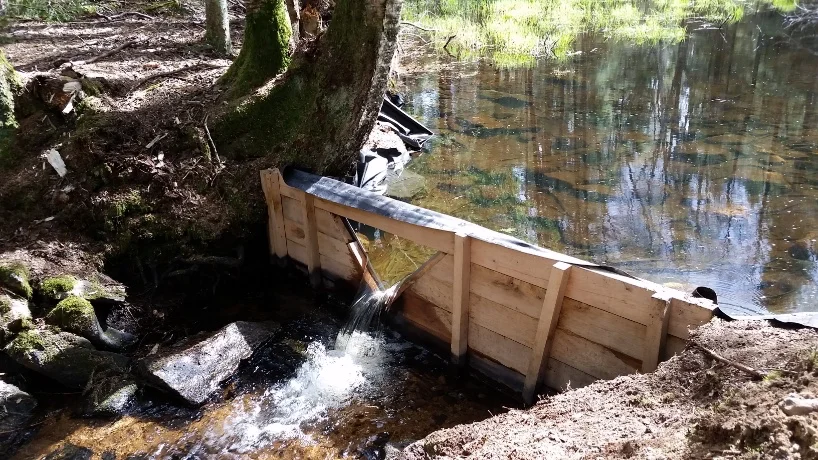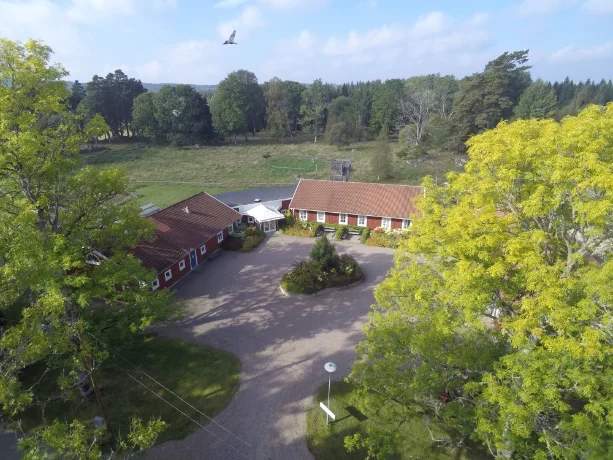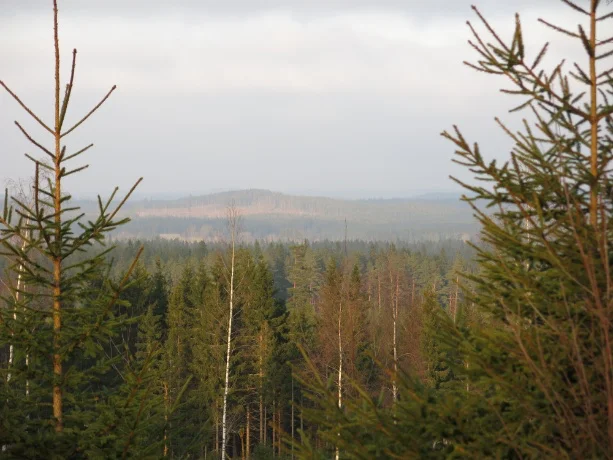SITES STATION
Asa
Asa Research Station consists of a research station and three research areas, i.e. the Asa Experimental Forest, Asa high-yield experimental forest and Aneboda research area. The hub is Asa Research Station and it is located 40km north of Växjö in Sweden. The ecosystem surrounding the station represents different stages of the south Swedish boreal forest.
Sweden
182 m
Altitude
5.6 °C
Mean annual temperature
711.0 mm
Mean annual precipitation
Hemiboreal
Climate zone
Detailed information
ASA
SE
Asa Research Station, located north of Växjö in south-central Sweden, encompasses a research station and three distinct research areas: Asa experimental forest, Asa high-yield experimental forest, and Aneboda research area. The station, founded in 1988, covers a total area of 1,010 hectares with 900 hectares of productive forest, half of which is made up of spruce forests, one-fourth of conifer mix and one-fourth of pine with deciduous trees. The conventionally managed Asa Experimental Forest is primarily used by researchers to study forest production and management, while the unique Asa high-yield experimental forest is used to explore the various landscape-level impacts of intensive forest management on everything from water quality to recreational value. Aneboda Research Area, with mires and conifer forests, serves as a reference for natural forest development stages. The station also has a comprehensive program for measurements of climate (WMO-standard), stream water chemistry, greenhouse gases (FOMA-flux and a flux tower in the high yield forest) and phenology. Additionally, Lake Feresjön provides access to an extensive lake monitoring program and its connected streams.
5.6 °C
57.1645, 14.7827
182 m
Year-round


